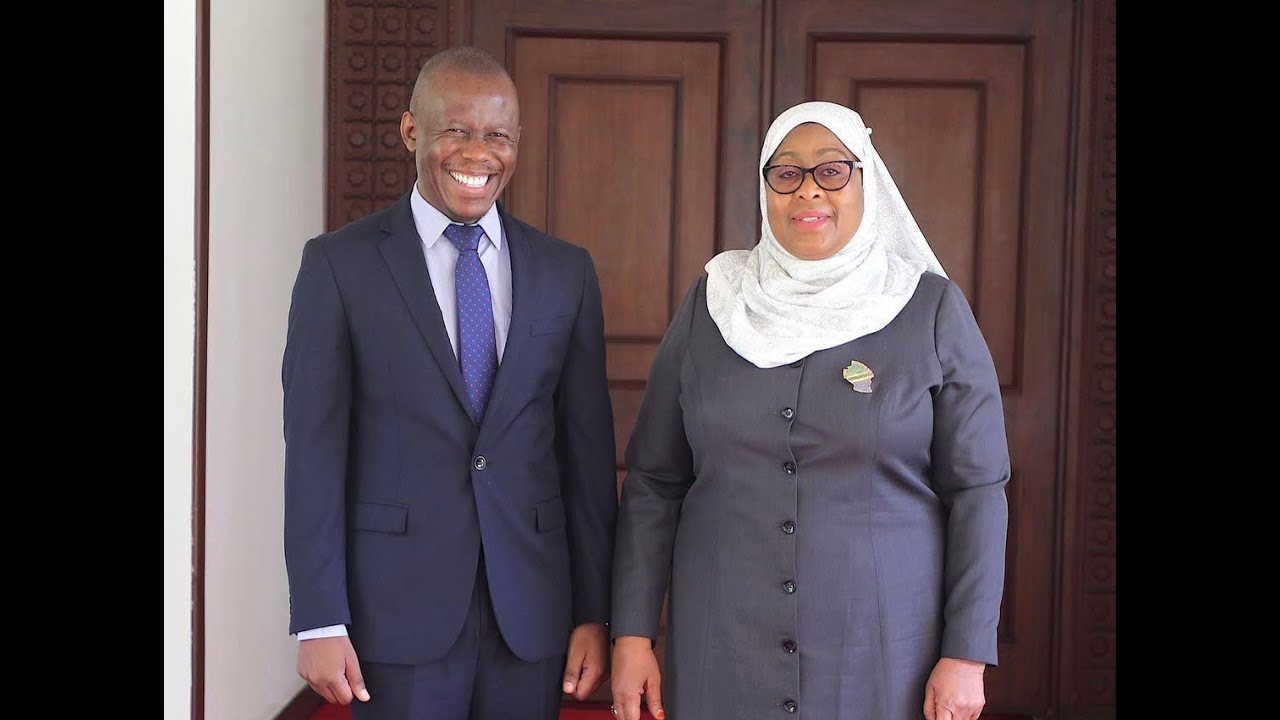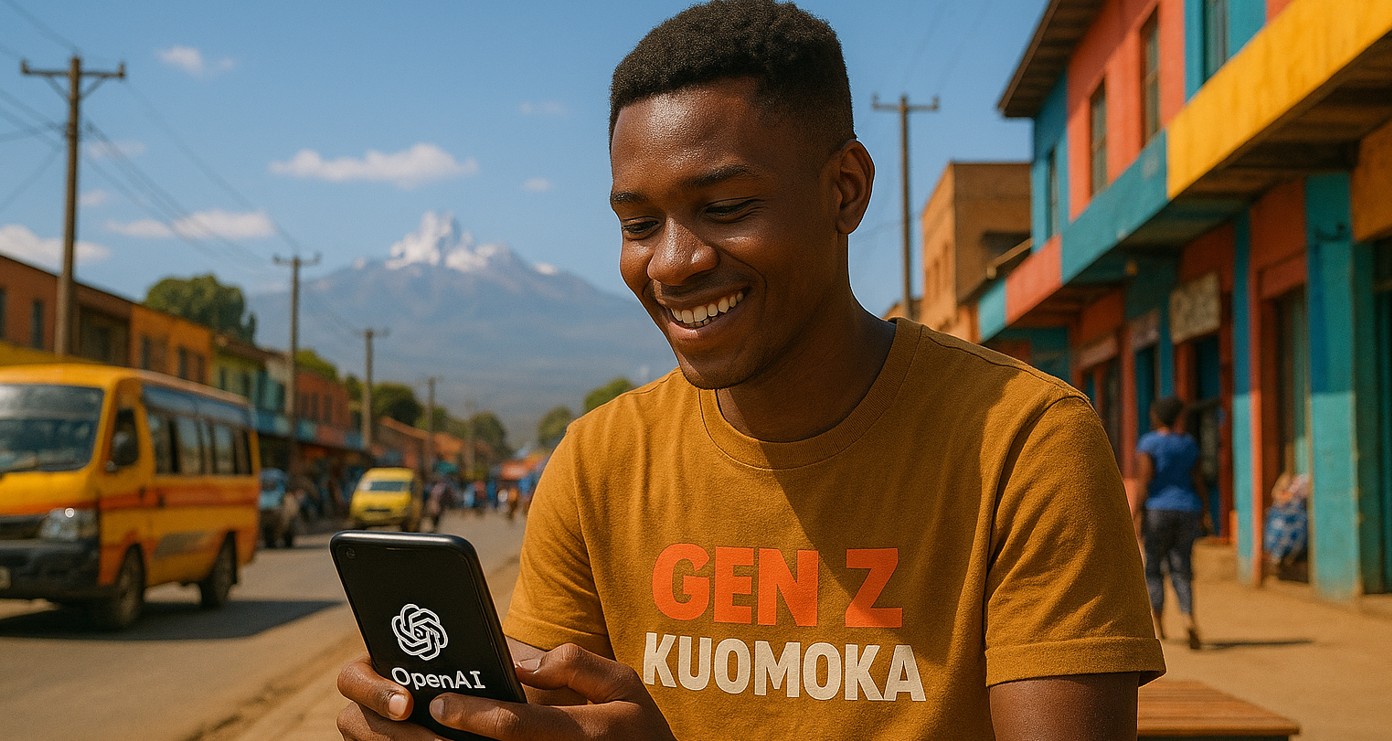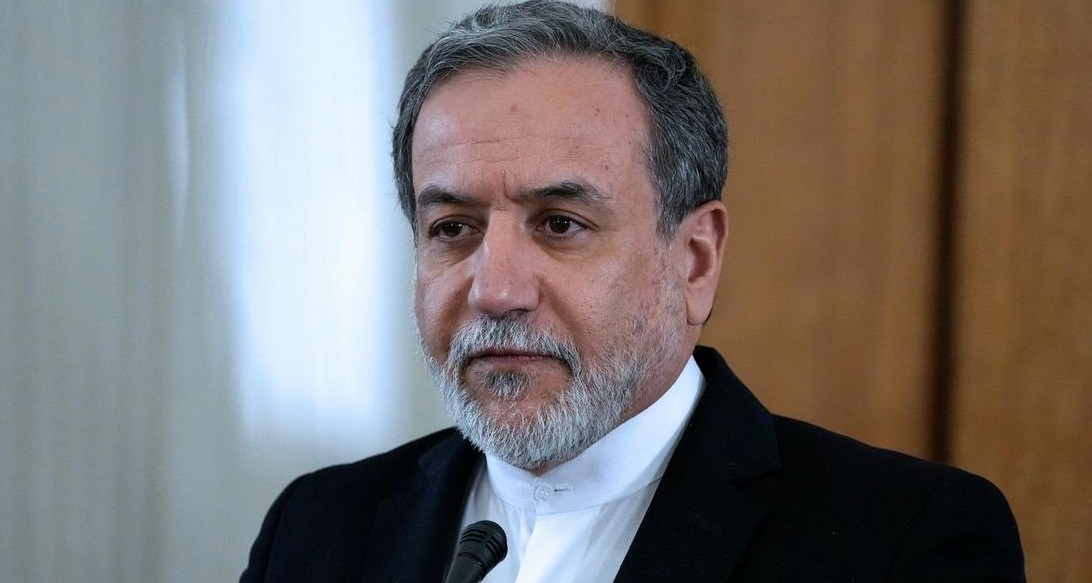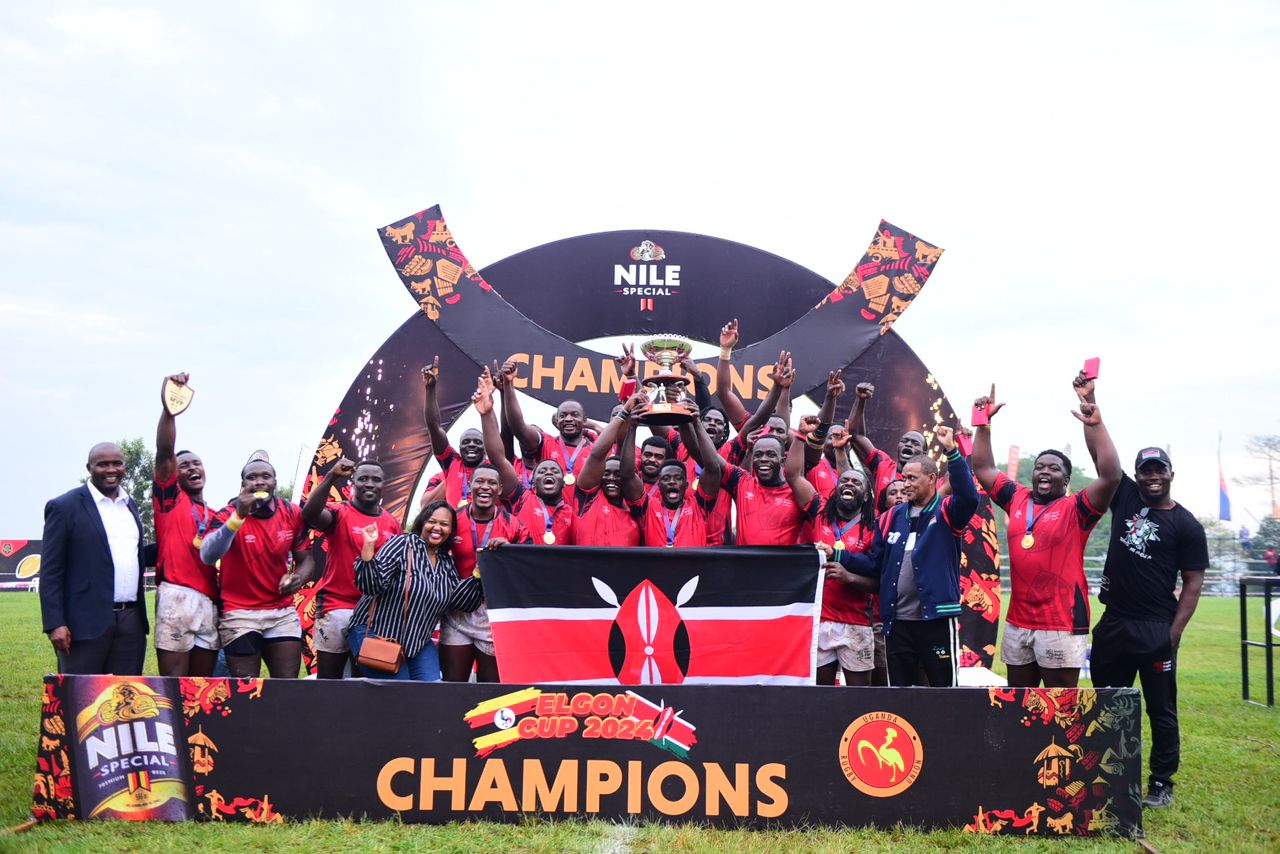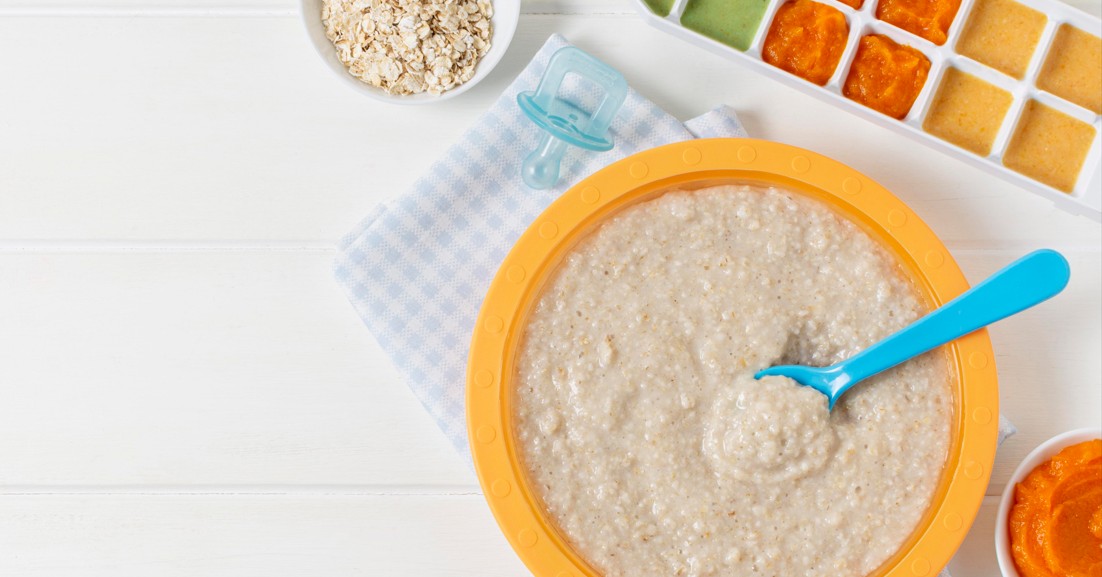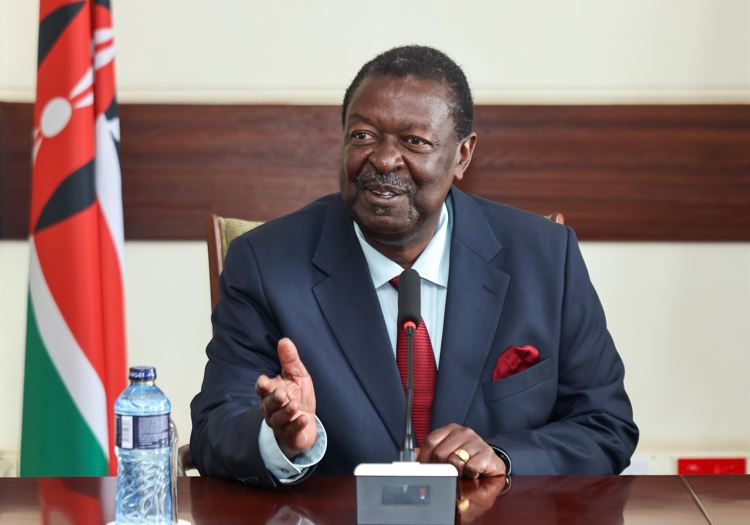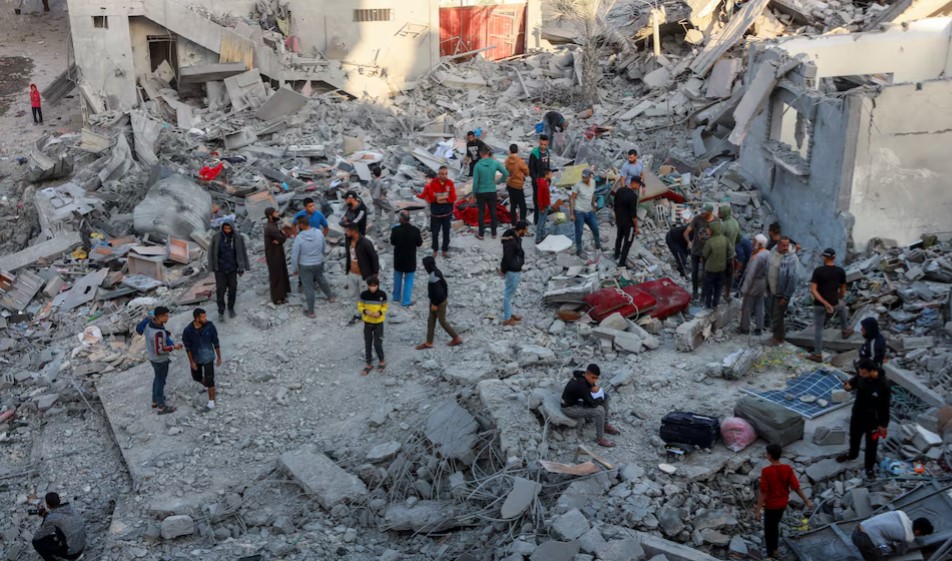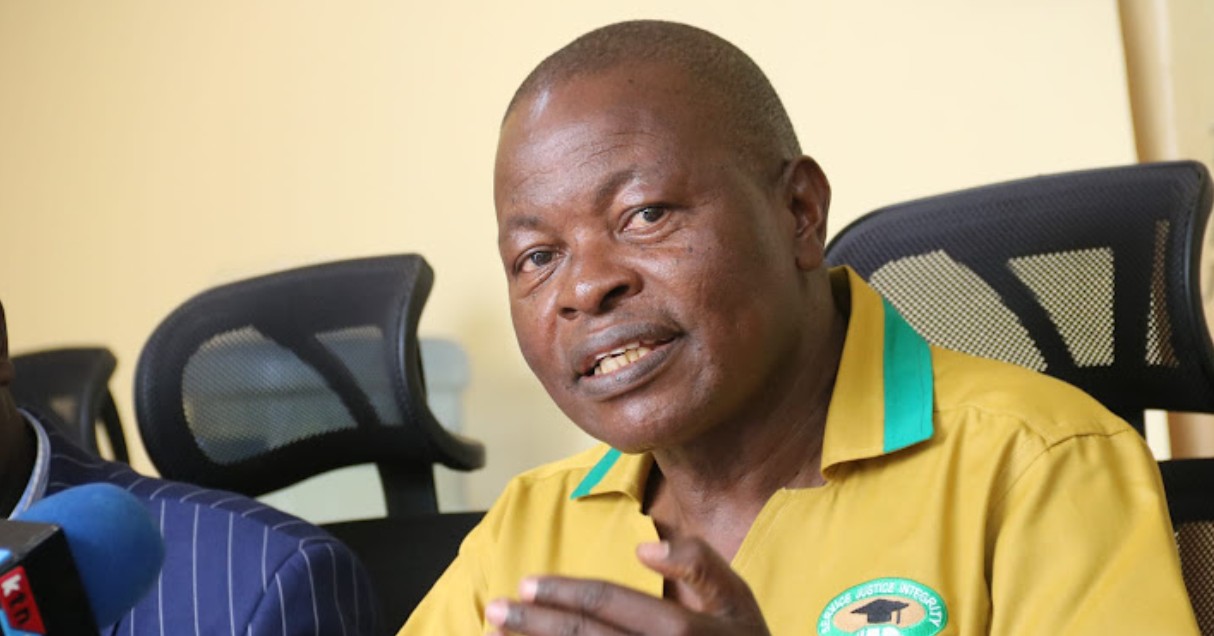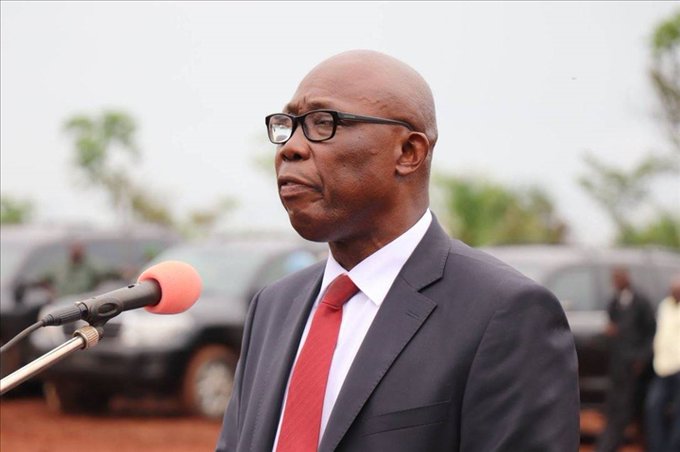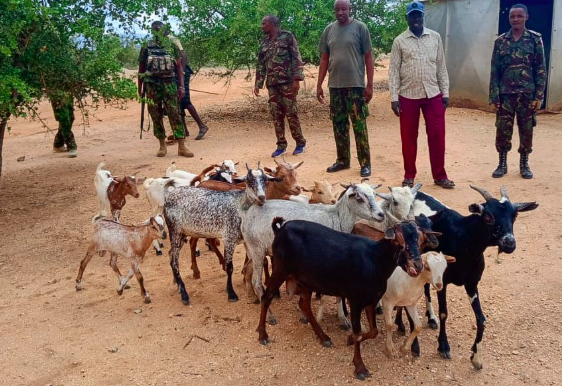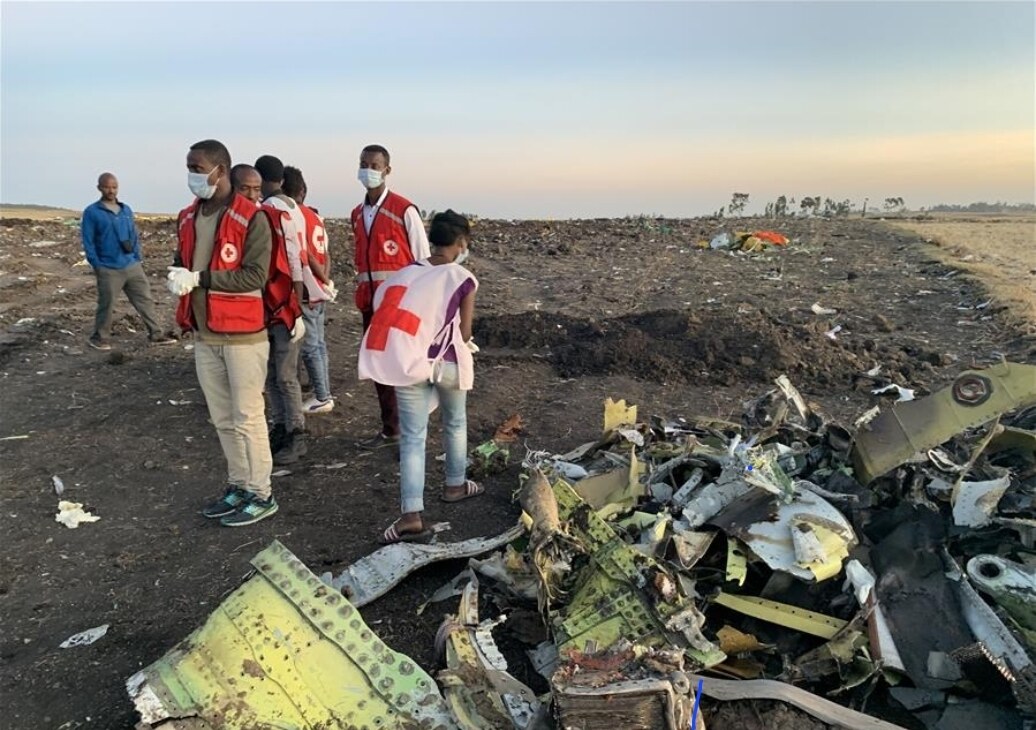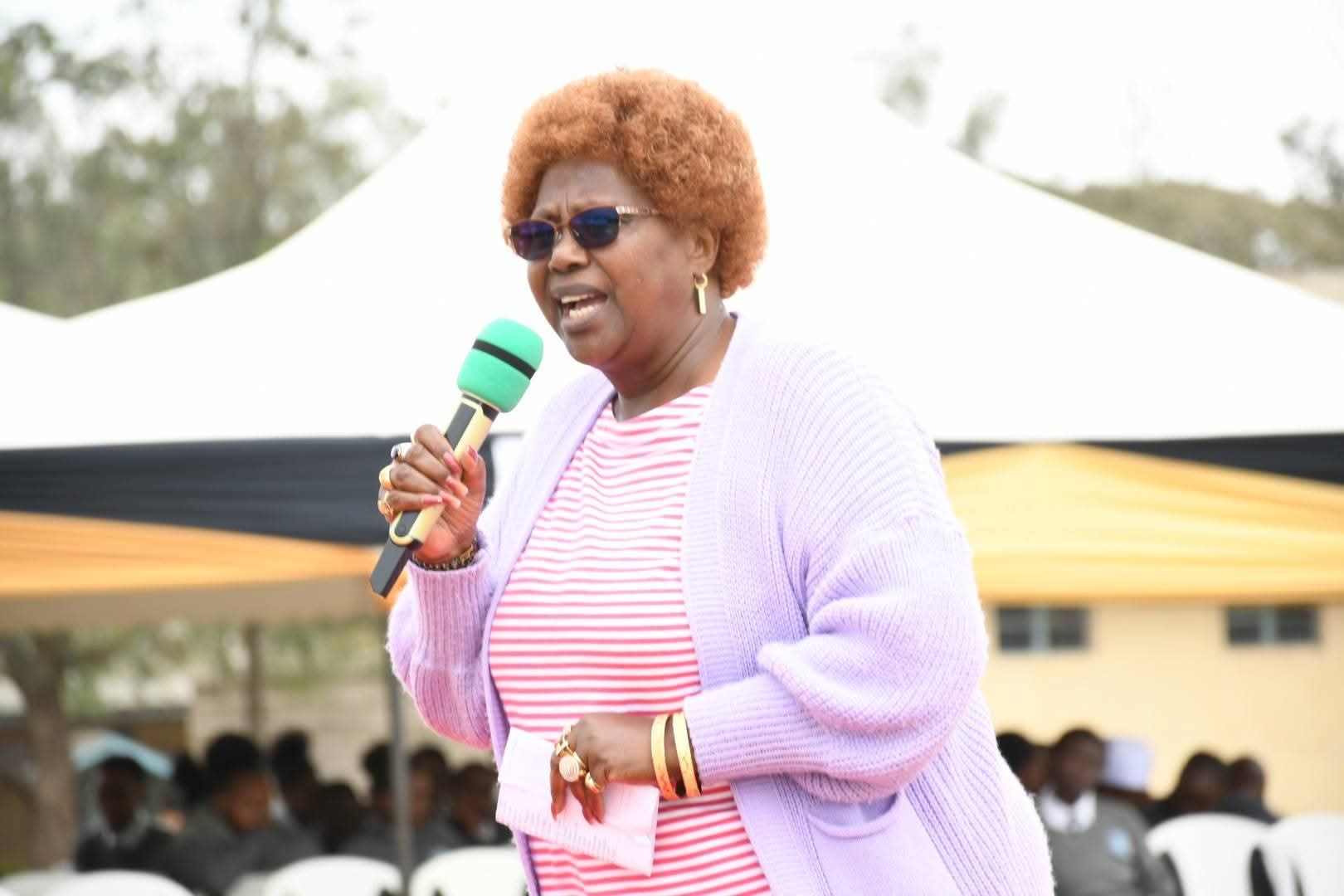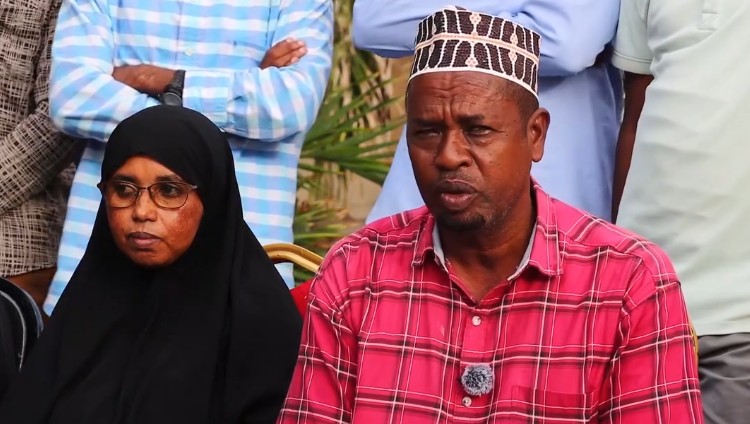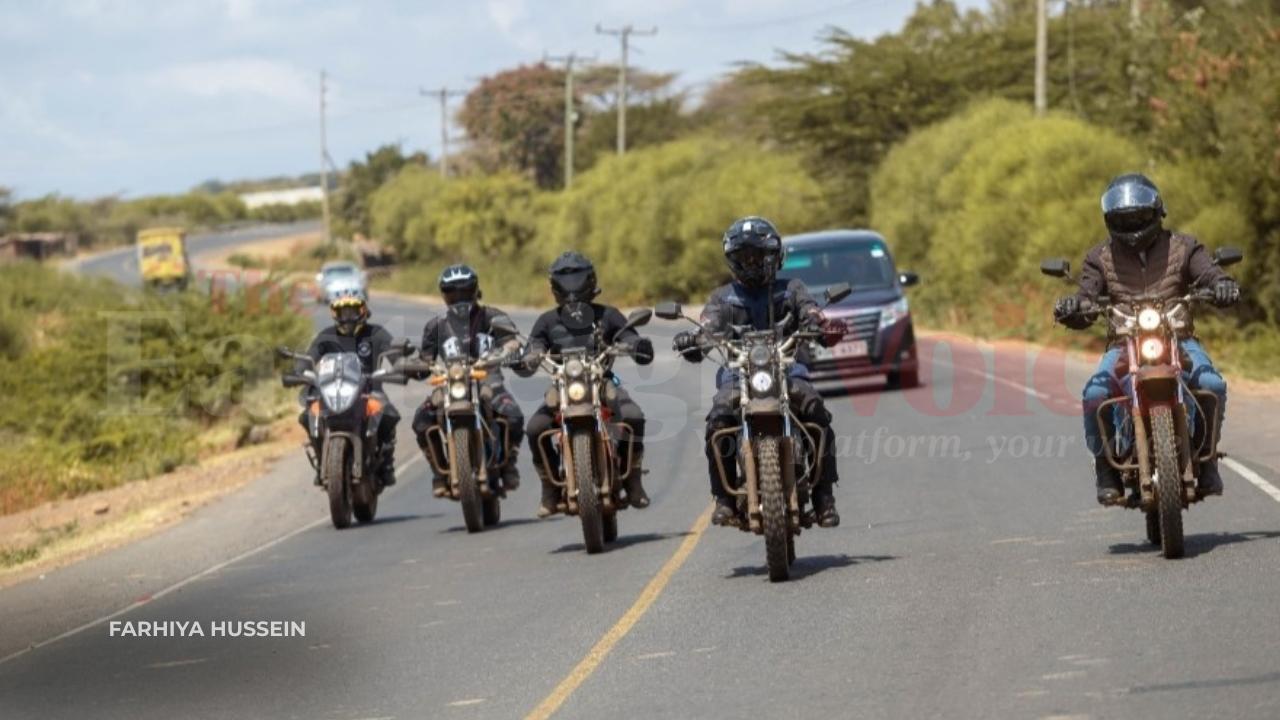Why households in Eastleigh’s California area pay more for water

Wasreb notes that the average cost of a single unit for a household depends on the place as the cost of production varies based on cities and regions.
Among the many factors that one often looks for when considering a place of residence in the city is access to clean and affordable water.
In Eastleigh, Kamukunji Constituency, this is arguably one of the major factors one has to prioritise before settling into a certain residence, especially due to the persistent water scarcity.
More To Read
- Illegal water users in Nairobi given until April 30 to regularise their supply
- World Water Day: Families' daily struggle for clean water as waterborne diseases surge
- State requires Sh995bn to ensure nationwide access to water
- Water CS calls for action as Kenya's Non-Revenue Water crisis hits 60%
- President Ruto signs three key Bills to boost development, funding for counties
- Nairobi Water Company introduces new short code to enhance customer service
For years, the streets of Eastleigh have echoed water vendors' calls, and the residents have navigated the gruelling path of persistent water shortages.
The water vendors in the area offer a unique perspective on the matter as they have become the lifeline for many residents who rely on them for their daily water needs.
Some residents have since expressed a mixture of frustration and resignation, saying how disheartening the struggle is, despite promises from the county government.
Some stakeholders have attributed the water scarcity menace to inadequate investment in water infrastructure, while others point to the challenges posed by the rapid population growth in the area.
Despite the constrained supply, the available one surprisingly, comes at a higher cost compared to other residential areas in the city.
Stark disparity in water pricing
A spot check by The Eastleigh Voice reveals a stark disparity in water pricing across the regions, in this case comparing Eastleigh, Kariobangi and Kasarani.
Mostly dependent on the water vendors sourcing water from boreholes, a household in Eastleigh's California, for instance, will pay an average of Sh200 for a unit of water consumed, which is an equivalent of 1,000 litres.
A 20-litre jerrycan of water costs between Sh30 and Sh50, therefore to make a unit, a resident of California has to consume 50 jerrycans, bringing the maximum cost to around Sh250 and the minimum charge at Sh150 per unit.
Compared to the Kasarani-Mwiki area, for instance, the average price of a unit in California is more than double.
The spot check established that some households in the region are being charged an average of Sh90-110 per unit.
In Kariobangi South, some of the households are being charged between Sh120-Sh200, almost similar, but a slightly lower range than in California.
Consumers in the surveyed areas being charged to the highs of Sh250 a unit expressed their pain, saying it is too costly, as some still have to buy bottled water for drinking, terming the tapped and borehole water unfit for consumption based on colouration and odour.
The Eastleigh Voice spoke to the Water Services Regulatory Board (Wasreb), the body in charge of price regulation in the country, to try and understand the play behind the disparity, amid the endeavour to make water accessible and affordable to all.
Vision 2030 water goal
This is enshrined in the Strategic Plan 2023-2027 which stipulates that Kenya Vision 2030 goal for water and sanitation is to ensure improved water and sanitation are available and accessible to all by 2030.
Wasreb notes that the average cost of a single unit of household water in the country's major cities, Nairobi and Kisumu for instance, as per the regulator, currently stands at Sh45 and Sh75, respectively for the first consumption block.
Responding to the pricing disparity query, the regulator notes that the average cost of a single unit for a household depends on the place as the cost of production varies based on cities and regions.
"The driving differentiation is the cost structure of that utility serving that city. The systems are different; some are gravity systems, which are fairly cheaper while others are costly pumping systems adding to other operation costs such as staff salaries," Wasreb said.
But Wasreb said there are no different charges in the same city.
"We take the case of Nairobi city. The whole service area is under Nairobi Water and it uses a uniform tariff. The difference only comes from small pockets run by third parties."
Wasreb further explains that there are cases where borehole owners in certain localities of the city could be selling a unit at Sh120, 150 or even 200, but the major licensed providers offer the same rate across the county, at an average of about Sh53.
The Eastleigh Voice sought to understand whether the third parties selling water at higher costs were acting within the laws and what the regulator was doing to ensure consumers were not subjected to uncensored price volatility.
Small-scale service providers
Wasreb noted that the third-party players are not operating illegally since most of them have an arrangement with licensed water service providers (WSPs).
"They fall under the small-scale service providers’ category since we have given out the whole area to the main WSP who might not have the capacity to supply to every region," says the regulator.
"The only difference is the price because, at the end of the day, that party has to cover its own cost of operations."
The regulator adds that the normal consumer of a WSP in either of the places cannot be exploited with increased prices because the price is already known.
The regulator, however, sympathises with consumers who might feel exploited by the third-party players who are not under any regulation by the licensed WSPs.
"The challenge is the capacity of the service provider through the county government to deliver extra water. Otherwise, if the county government and the WSP have enough resources, then that complaint should not be there."
The regulator boasts of increased water coverage through licensed WSPs across the country.
The latest data contained in the annual impact report for the year 2022/23 shows water coverage increased from 62 per cent to 65 per cent from the previous reporting period of 2021/22.
The increase in coverage is partly attributed to the inclusion of water coverage data from small-scale service providers within the area of service of 73 regulated WSPs which contributed 785,444 additional people.
"The 92 utilities served 18.25 million people representing roughly 4.7 million households with potable drinking water in the period 2022/23 out of the 28.6 million people within their service area," the report reads.
"Furthermore, active water connections increased from 1.36 million to 1.41 million representing a 3.7 per cent growth."
Top Stories Today
